Women’s hockey under the radar: What’s driving participation?
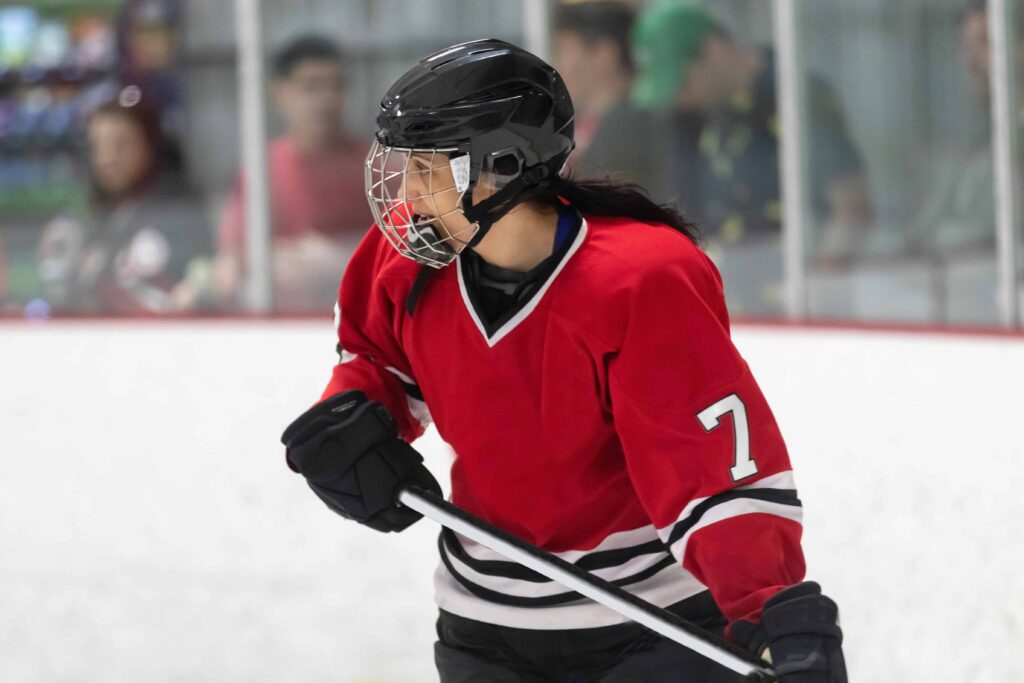
It has been almost a quarter of a century since women’s ice hockey debuted at the Olympic Games in Nagano, Japan. Despite a heartbreaking loss for Team Canada in the final of the first Olympic women’s hockey competition, it was a big step forward for women’s hockey on the international stage. Since then, Canada has…
Getting girls back in the game: A conversation with experts and community leaders
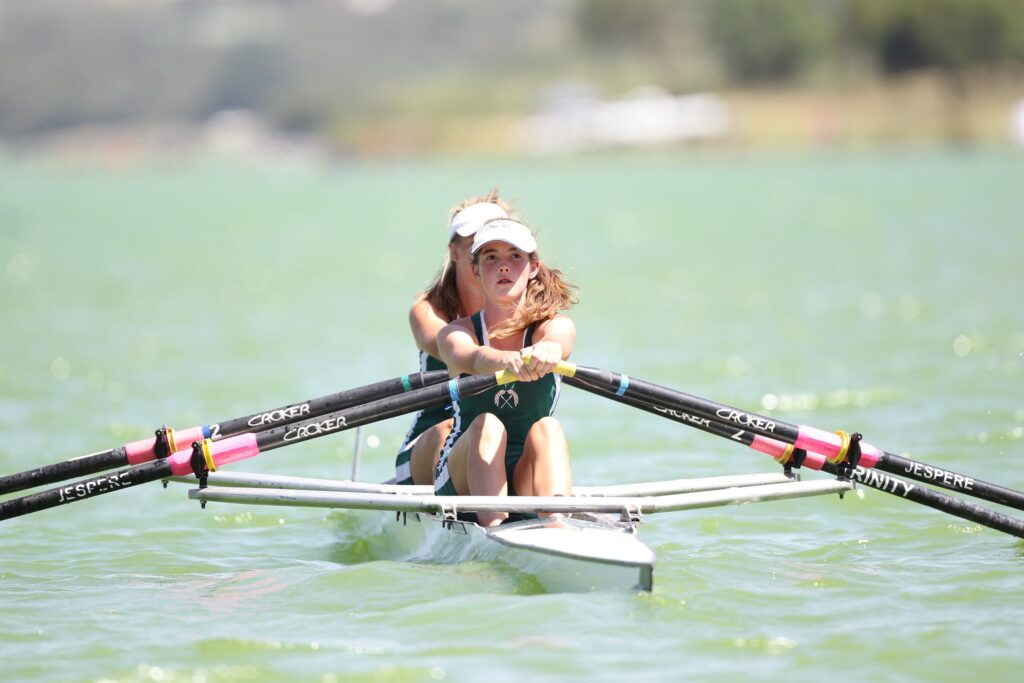
This blog recaps the first webinar in the 4‑part mini-series Engaging Girls and Women in Sport. SIRC and Canadian Women & Sport co-hosted the mini-series, which you can access or learn more about by visiting our SIRC Expert Webinars page. — The COVID‑19 pandemic continues to disrupt the sport in Canada and around the world….
Mom’s Got Game! Stories of world-class athletes and gold-medal moms
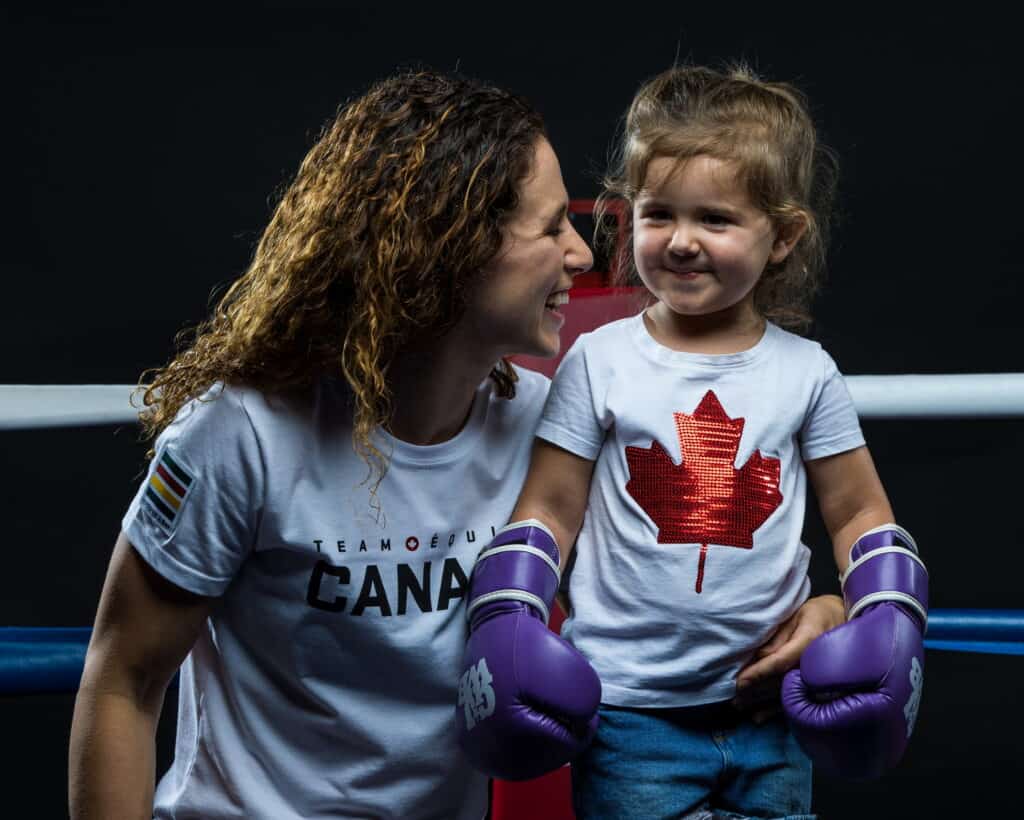
Fourteen months ahead of the 2014 Olympic Winter Games, curler Jennifer Jones had a nasty accident, tearing a major ligament, the ACL in her knee. She was pregnant with her first child and hoping to represent Canada at the Olympics. “Because I was pregnant, a lot of people never thought that I would be able to…
Making #HERstory: Girls who play on boys’ teams and supporting the lone girl in sport

On October 7, the Ontario Hockey League (OHL) kicked off its 2021-2022 season. After having a season cut short and another cancelled altogether, this season looks different for the OHL. And it isn’t because of the COVID‑19 pandemic. In June, Taya Currie became the first female athlete drafted to the OHL. Selected in the 14th round by the…
Swim Together: A new model of co-participation for women and girls in sport

“… as a mom, it’s really easy to tell your kids what you expect. But to show them what you expect is harder. And so I think the benefit of Swim Together is feeling good about what I’m modeling for my kids.” – mom participant in the Swim Together program Parents and guardians are frequently left on the “sidelines” watching their children participate in…
“Dwelling in the tensions:” Research in the intersections of second-generation teen girls’ sport experiences

In 2019/2020, Canadian Women & Sport partnered with graduate student Amina Haggar to explore the experiences of second-generation African Canadian teen girls in a community sport program in Ottawa, Ontario. Haggar, an MA Candidate under the supervision of Dr. Audrey Giles at the University of Ottawa, conducted interviews with eleven sport coordinators and coaches involved…
Understanding deselection in competitive female youth sport

View the summary of this research here. Project summary Deselection (or being “cut”) is the elimination of an athlete from a competitive sport team based on the decisions of a coach. Given the competitive sport structure in Canada, it is inevitable that many athletes will be deselected every year. However, little is known about how…
Corporatizing sport for aboriginal girls: Connecting corporate social responsibility, the ‘Girl Effect’ and aboriginal-focused sport, gender and development programs

Project Summary This study explored how urban Aboriginal young women understand and experience their participation in a sport for development (SFD) program administered by the Vancouver Aboriginal Friendship Society Centre (VAFCS); and investigated how corporate funding and involvement in the VAFCS SFD program impacted targeted beneficiaries. The three specific objectives of the research were: To…
Keeping Girls in Sport: Evaluating the Impact of an Online Coach Education Resource
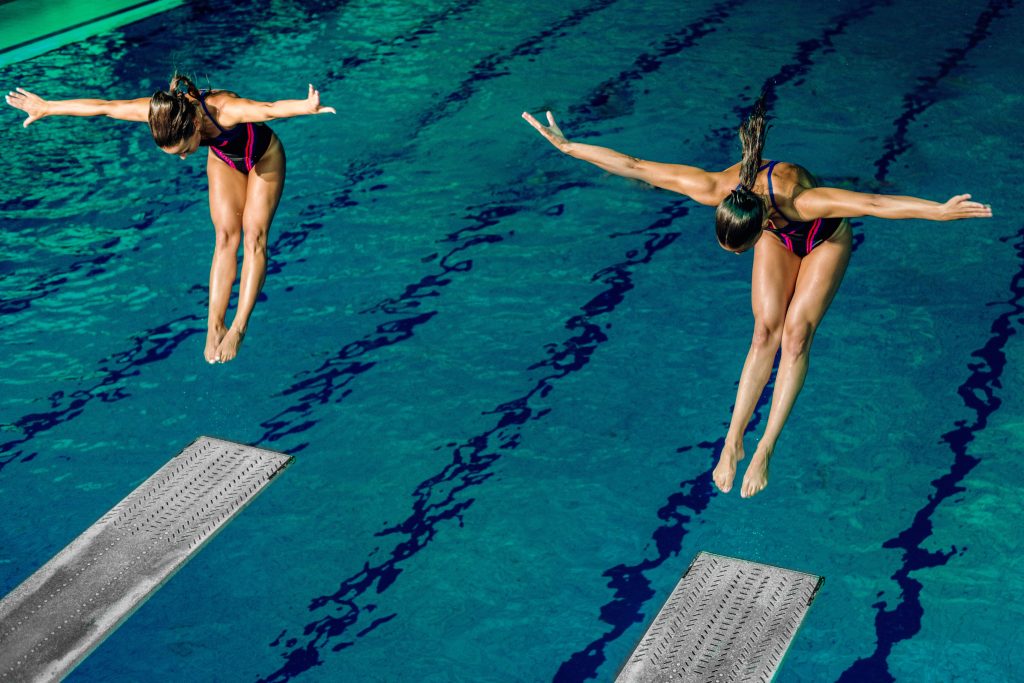
International Day of the Girl is celebrated globally on October 11th, focusing attention on the need to amplify girls’ voices, advocate for their rights, and elevate their position in society. Within the Canadian sport and physical activity sector, International Day of the Girl provides a reminder of the persisting challenges girls and young women confront…
Exploring social support, sport participation, and rural women’s health using Photovoice
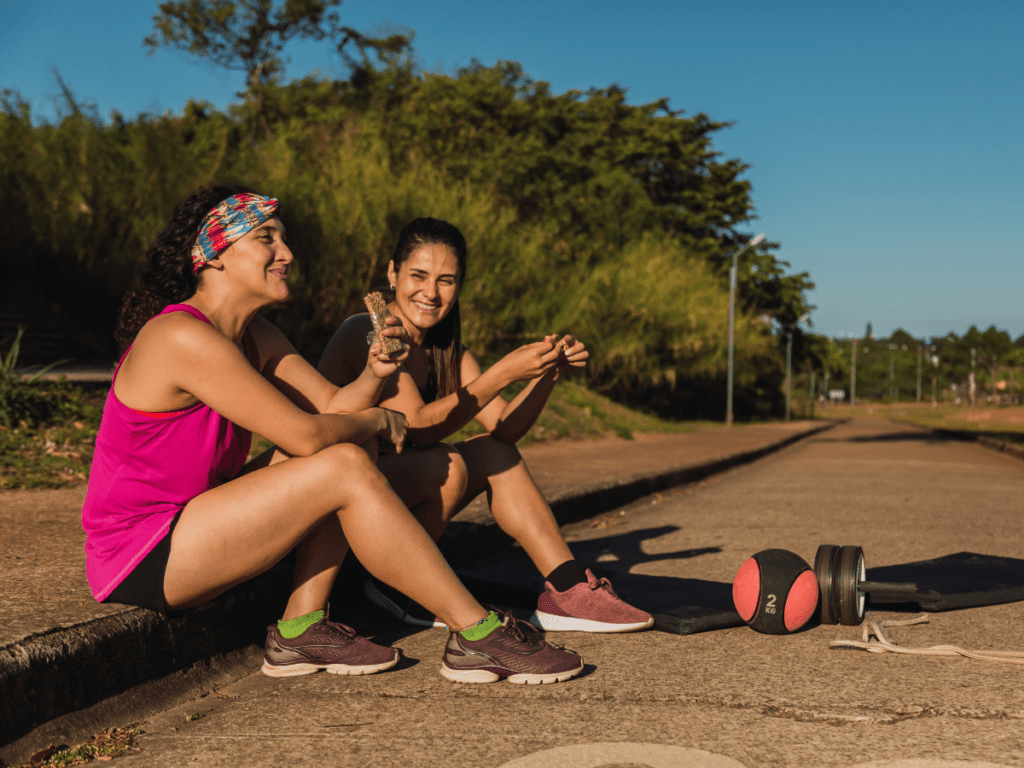
Project Summary Research Objectives: Conclusions: See Results Research methods Study participants used the photovoice method which includes picture taking with cameras, recording in log books, and group interviews. Participants first participated in a Research Orientation session, then took relevant photos and recorded in logbooks for two weeks, following which the log books were retrieved and…